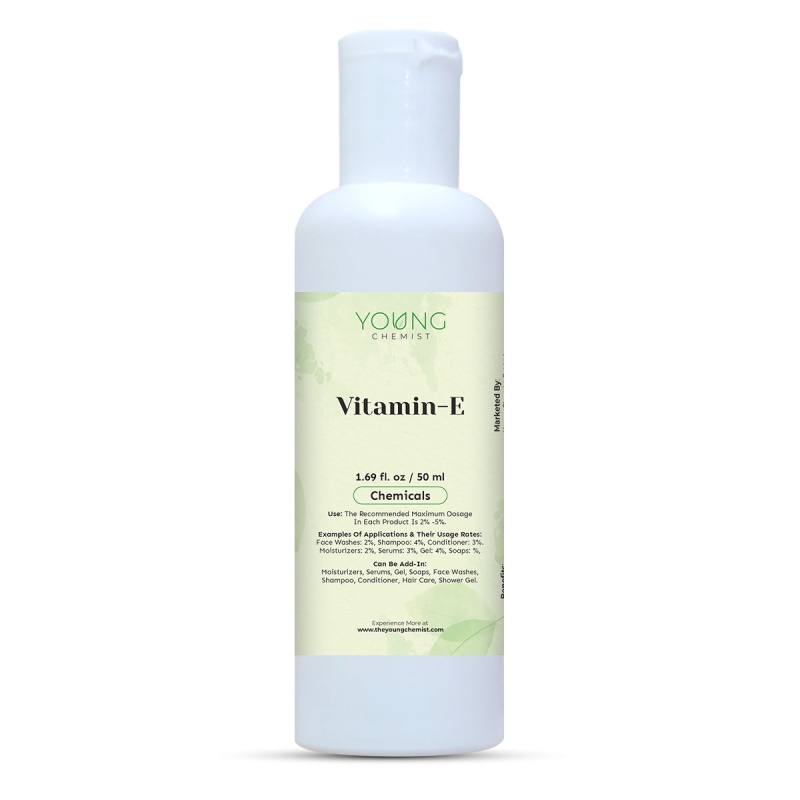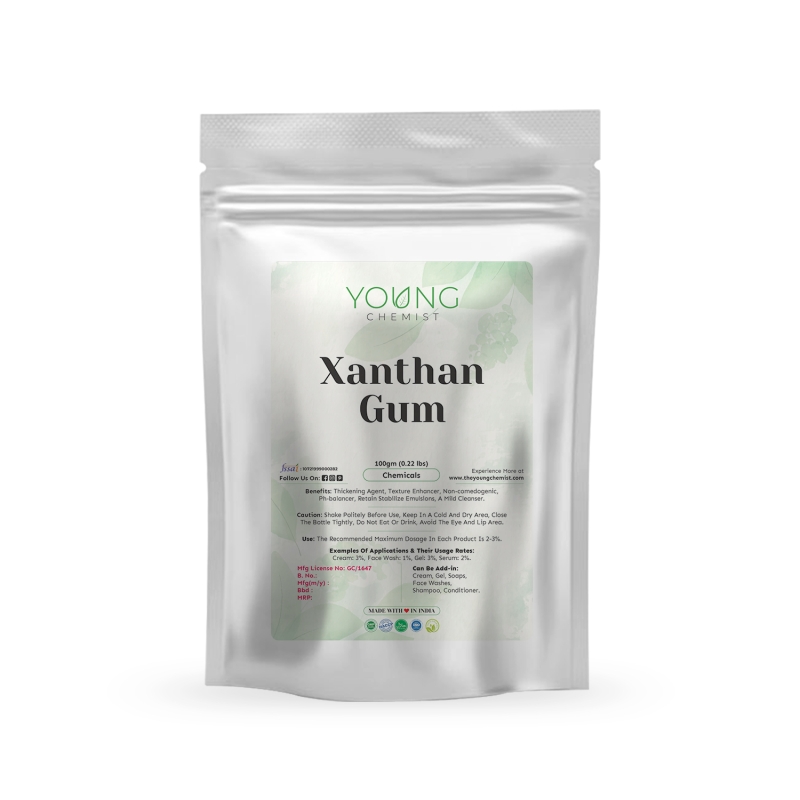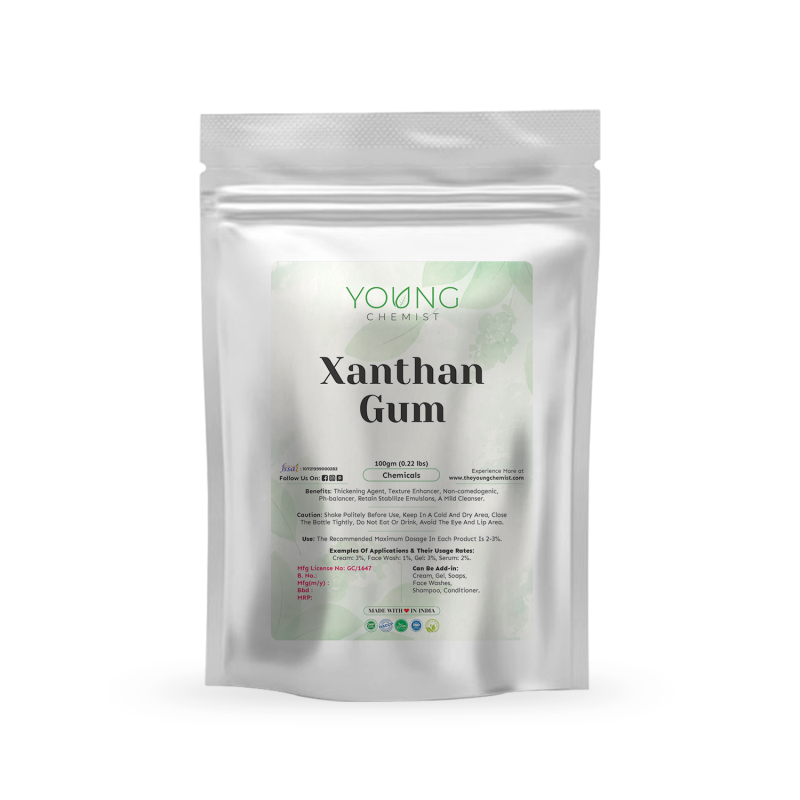-
No Item Added in Cart.

Ceto Stearyl Alcohol
SKU: CC-TEMU-STRYLALCHL
Size

40 customers are viewing this product



Cetostearyl alcohol is a cosmetic chemical commonly used in personal care products. It is a mixture of cetyl alcohol and stearyl alcohol, which are fatty alcohols derived from natural sources like coconut oil or palm oil. Cetostearyl alcohol is widely used in creams, lotions, ointments, and other skincare formulations. Here is some information about its description, benefits, how to use it, and cautions:
Cetostearyl alcohol appears as a white, waxy solid or flakes with a mild, characteristic odor. It is insoluble in water but soluble in oils and other organic solvents. Its chemical structure makes it an effective emulsifier and stabilizer in cosmetic formulations.
Ceto Stearyl Alcohol (Cetearyl Alcohol) is a multifunctional fatty alcohol that delivers silky emollience, creamy viscosity, and long-lasting stability in modern skincare and haircare. Unlike drying alcohols, this skin-friendly helper softens and cushions, giving lotions, creams, balms, conditioners, and hair masks a plush, non-greasy feel. As a dependable thickener and co-emulsifier, it helps water and oils blend smoothly, improves spreadability, and supports elegant textures that hold their shape—from lightweight milks to rich butters.
Formulators love Ceto Stearyl Alcohol for enhancing rinse-off slip and after-feel, reducing drag, and boosting combability in conditioners and leave-ins. In facial and body care, it reinforces the moisture barrier so products feel comforting and substantial without waxy residue. Stable over a broad pH range and compatible with popular emulsifiers (e.g., glyceryl stearate, cetearyl olivate), it elevates minimalist and premium formulas alike while improving batch-to-batch consistency.
Hygienically packed flakes/pellets disperse and melt easily for scalable production—ideal for brands, salons, and DIY creators seeking camera-ready textures with reliable performance.
Ceto Stearyl Alcohol for velvet slip, creamy body, and clean, stable formulation, a workhorse ingredient that makes everyday lotions, creams, and conditioners feel luxuriously professional.
| Title | Description |
|---|---|
| No specifications available. | |
Cetostearyl alcohol is primarily used as an ingredient in cosmetic formulations rather than being directly applied to the skin. It is incorporated into products during their manufacturing process. Follow the instructions provided on the specific product you are using for proper application.
Usage rates: Skincare 1–5% for lotions/creams; 5–8% for rich balms. Haircare 1–4% in conditioners/masks.
Process: Add flakes/pellets to the oil phase; heat to 70–75 °C until melted. Combine with the heated water phase and your primary emulsifier (e.g., glyceryl stearate, cetearyl olivate). Homogenize, then cool with gentle stirring to build viscosity.
Formulation tips: Pair with glycerin/hyaluronic acid (hydration) and squalane/esters/butters (cushion). Works well with silicones and UV filters; target final pH 4.5–7. Add fragrance/color in cool-down.
Storage: Keep airtight, cool, and dry. Record batch %, melt temp, and pH for repeatability.
- Emulsifying Agent: Cetostearyl alcohol helps blend oil and water-based ingredients in cosmetic formulations, resulting in stable and homogeneous products.
- Texture Enhancer: It imparts a smooth and creamy texture to skincare products, improving their spreadability and ease of application.
- Moisturizing: Cetostearyl alcohol acts as an emollient, forming a protective barrier on the skin's surface to prevent moisture loss, thereby helping to keep the skin hydrated.
- Thickening Agent: It contributes to the viscosity of creams and lotions, giving them a desirable consistency.
- Stability: Cetostearyl alcohol aids in preventing the separation of ingredients and enhances the shelf life of cosmetic formulations.
Ceto Stearyl Alcohol (Cetearyl Alcohol) is a skin-friendly fatty alcohol that adds velvety slip, creamy viscosity, and long-lasting stability to lotions, creams, balms, conditioners, and hair masks. Unlike drying alcohols, it’s emollient, helping soften skin, reduce moisture loss, and deliver a plush, non-greasy after-feel. In haircare, it improves combability, reduces friction, and supports rich, detangling textures for smoother strands. As a reliable co-emulsifier/thickener, it strengthens emulsions, suspends actives, and prevents separation across broad pH ranges. Compatible with glyceryl stearate, cetearyl olivate, silicones, esters, and butters, it elevates clean-label formulas with professional sensorials. Choose it for barrier comfort, silky glide, and camera-ready textures.
While cetostearyl alcohol is generally considered safe for use in cosmetics, it is essential to be aware of potential sensitivities or allergies. Here are some cautions to consider:
- Patch Test: If you have sensitive skin or a history of skin reactions, perform a patch test before using products containing cetostearyl alcohol. Apply a small amount to a small area of skin and monitor for any adverse reactions such as redness, itching, or irritation.
- Allergies: Individuals with known allergies to coconut oil or palm oil derivatives may be more prone to allergic reactions to cetostearyl alcohol. Discontinue use if any allergic symptoms occur and consult a healthcare professional if necessary.
- Eye Area: Avoid direct contact with the eyes, as irritation may occur. If contact does occur, rinse thoroughly with water.
- Keep out of reach of children: Like other cosmetic ingredients, cetostearyl alcohol should be stored in a safe place, away from children and pets.
It is always recommended to read and follow the instructions provided on the specific product's packaging and consult a healthcare professional or dermatologist if you have any concerns or questions about using cetostearyl alcohol or any cosmetic product.
Product Questions
Ceto Stearyl Alcohol is a fatty alcohol commonly used in skincare products as an emollient, thickener, and emulsifier. It helps to soften the skin and hair while also giving creams and lotions a smoother, more luxurious feel.
Yes, Ceto Stearyl Alcohol is generally safe for all skin types, including sensitive skin. It’s a non-irritating ingredient that can even help soothe and protect the skin by creating a barrier that locks in moisture.
No, Ceto Stearyl Alcohol is non-comedogenic, meaning it won’t clog pores. It’s different from other types of alcohols that can be drying; instead, it helps to nourish and hydrate the skin.
Yes, you can use products containing Ceto Stearyl Alcohol if you have acne-prone skin. Its non-comedogenic nature means it won’t contribute to breakouts, and it can actually help maintain skin hydration, which is important for keeping acne under control.
Ceto Stearyl Alcohol can be derived from natural sources like coconut oil or palm oil, or it can be synthesized in a lab. Both forms are effective and safe for use in skincare products.
In hair care products, Ceto Stearyl Alcohol helps to condition and soften the hair, making it more manageable and reducing frizz. It also helps to give conditioners and creams a thicker, creamier consistency.
No, Ceto Stearyl Alcohol is different from the drying alcohols (like ethanol) that you might be familiar with. It’s a fatty alcohol, which means it’s actually moisturizing and beneficial for both skin and hair.
Yes, products containing Ceto Stearyl Alcohol are gentle enough for daily use. They provide moisture and conditioning benefits without causing irritation, making them suitable for everyday skincare and hair care routines.
Ceto Stearyl Alcohol is generally well-tolerated, with minimal risk of side effects. However, as with any ingredient, it’s possible to have an allergic reaction, though this is rare. If you experience redness, itching, or irritation, discontinue use and consult a dermatologist.
Ceto Stearyl Alcohol, particularly when derived from sustainable sources, is considered environmentally friendly. Many manufacturers choose plant-based sources like coconut or palm oil, and some also adhere to eco-friendly and sustainable practices in its production.

































